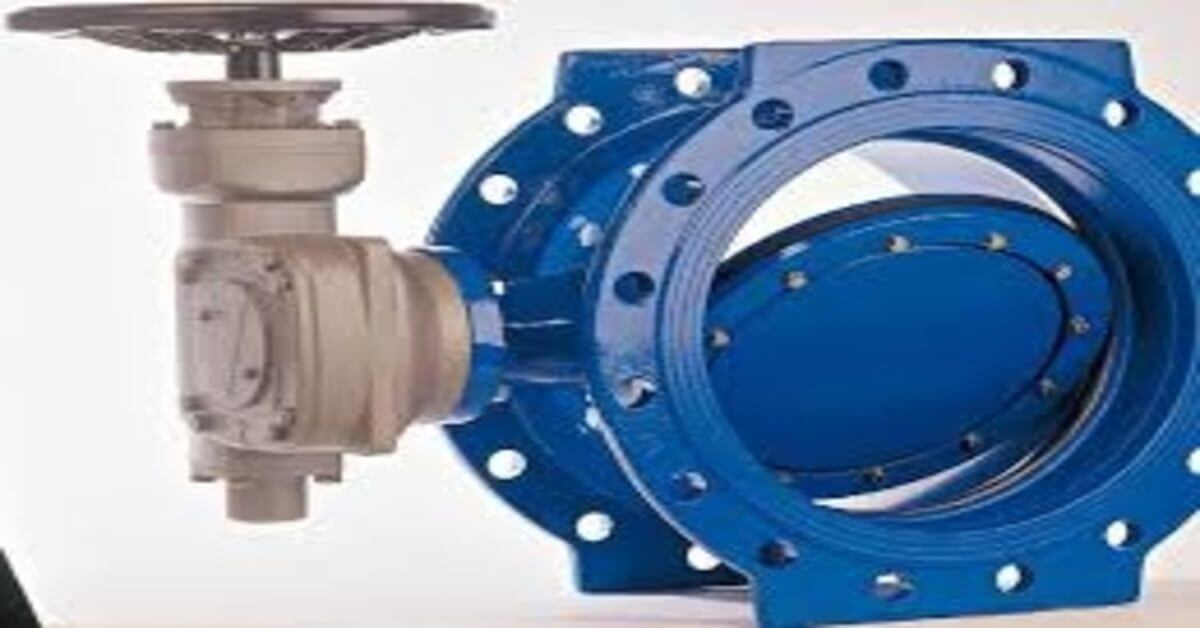
Optimizing Industrial Labeling for Superior Manufacturing Efficiency
July 18, 2022
Boosting Workplace Safety: Key Strategies for Hazard Identification and Risk Management
July 18, 2022
Optimizing Industrial Labeling for Superior Manufacturing Efficiency
July 18, 2022
Boosting Workplace Safety: Key Strategies for Hazard Identification and Risk Management
July 18, 2022In industrial settings, the implementation of robust lockout procedures is essential for ensuring safety during maintenance, installation, or repair tasks. Whether managing electrical, thermal, chemical, pneumatic, hydraulic, mechanical, or gravitational energy, maintaining equipment in a non-operational state is critical. This guide explores various lockout systems, providing practical insights to enhance safety and prevent accidents in industrial and manufacturing environments.
Lockout Cables: A Multi-Purpose Solution
For equipment powered by multiple energy sources, lockout cables offer a versatile and effective solution. These cables enable the simultaneous locking of several disconnect switches with a single cable, simplifying the lockout process. The cable's diameter must be sufficient to prevent accidental activation of safety disconnects. Additionally, using a scissor lock adapter allows for multiple locks, increasing overall safety.

Circuit Breaker Lockout: Securing Electrical Systems
Locking out circuit breakers is a fundamental step in ensuring electrical safety. In cases where a panel is fed by a main breaker, locking the entire panel can effectively neutralize all power, creating a safe environment for maintenance. This method is especially useful if no other workers require access to the panel during the task.
Cord Locks: Controlling Plugged-In Equipment
For equipment that remains plugged in, the visibility of the plug determines the lockout approach. If the plug is visible and accessible during maintenance, a lock might be unnecessary. However, if the plug is out of sight, it is crucial to use an adapter and lock or secure the cord to an immovable object to prevent unintended reconnection.
Lockout Boards: Organized Safety Management
Lockout stations or boards are vital for organizing lockout procedures. These stations house keyed locks, tags, and lockout devices, ensuring that necessary tools for a secure lockout are readily accessible. The one-key-per-lock system maintains control and accountability, with keys returning to the lockout station upon task completion.
Key Box Systems: Coordinating Multiple Power Sources
For machinery powered by several sources, key box systems provide an efficient lockout solution. These systems involve a wall-mounted box with two sets of locks, each mastered to a different key. The key box itself acts as a locked-out power source, adhering to all standard lockout regulations. This setup allows multiple workers to add their locks, enhancing safety and coordination.
Valve Lockout: Essential for Fluid Control
Securing valves is crucial to prevent accidental activation of machinery during maintenance. Valve lockouts involve attaching a sturdy device over the valve's operational part, secured with hasps or padlocks. Each worker involved in the task should attach their own padlock to the valve lockout, removing it only upon completion of their work for added safety.
Implementing the correct lockout procedures in industrial environments goes beyond compliance; it ensures the safety of all personnel involved. By following these guidelines—from using lockout cables to securing valves—industries can significantly reduce the risk of accidents and maintain a safe working environment. For expert advice and top-quality industrial safety products, turn to EZSecur. Discover more at www.ezsecur.com.





